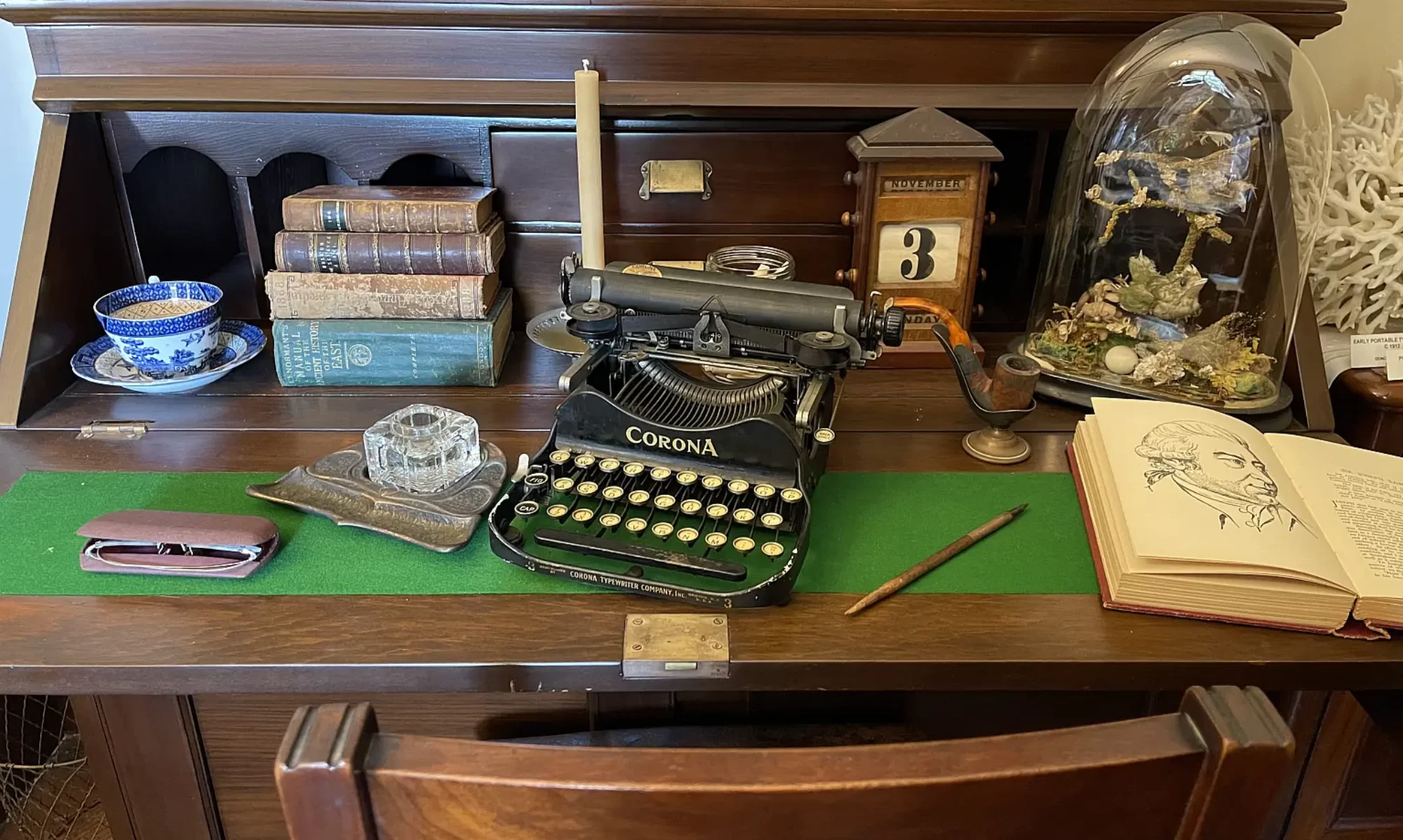by Gifford Eardley The Wolli Creek, one of the principal tributaries of Cook’s River, junctions with the latter immediately adjacent to the railway bridge at Tempe. In former years its upper waters flowed complacently through a gently sloped forested area which merged into sandstone hill country in the vicinity of the present day Bexley North …
Rockdale Fire Brigade
The precise date of the formation of a Fire Brigade in the Municipality of Rockdale cannot be established from the Board’s records but it is known that the St. George Volunteer Fire Company was located at Rockdale in April, 1891, for during that month of that year that Company applied to the Fire Brigades Board …


